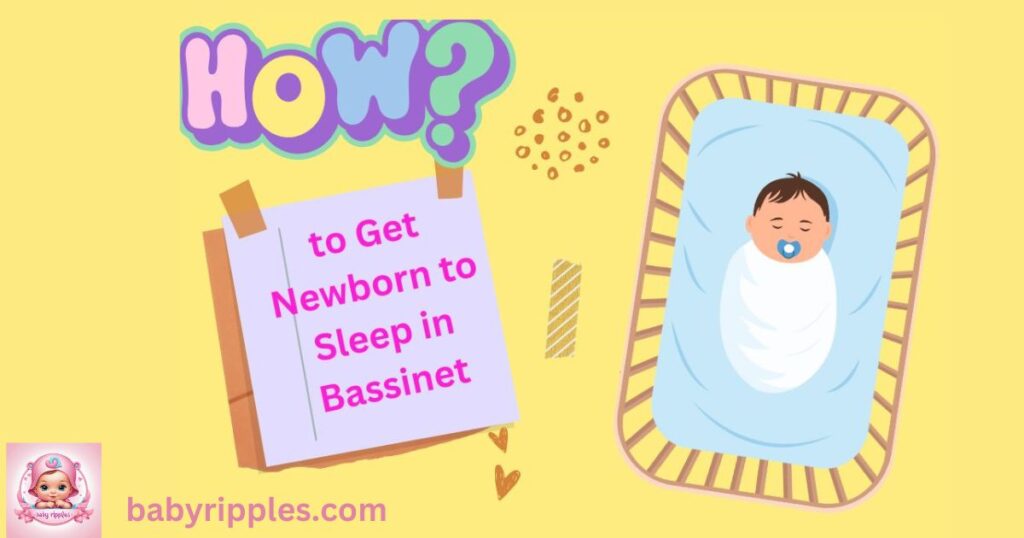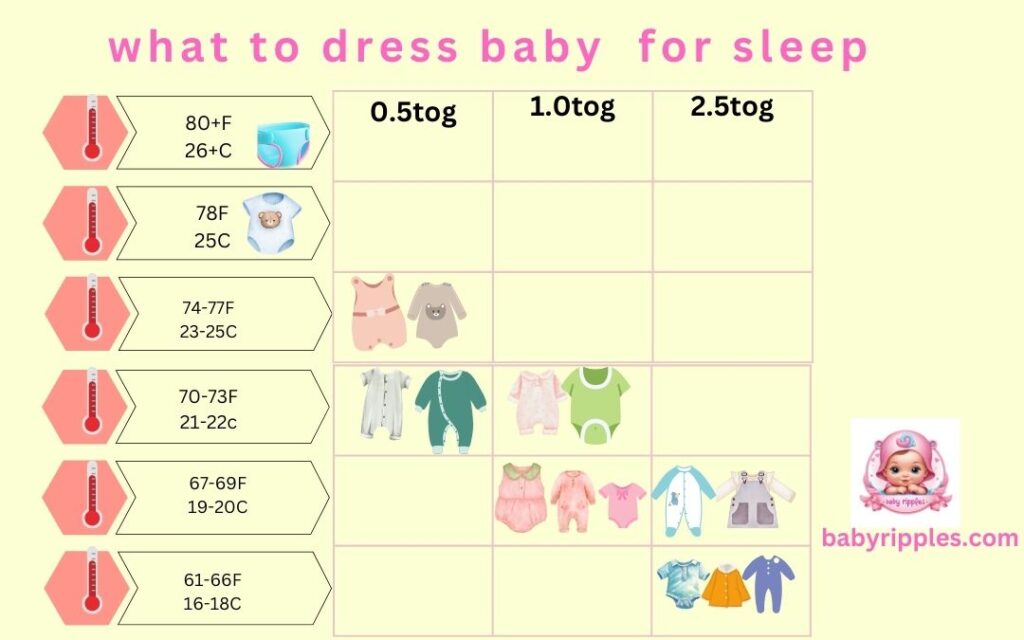You understand as a parent how important sleep is to your child. However, figuring out when your child should nap or go to sleep isn’t always simple. If you’ve been struggling to choose when to put your baby to sleep, the infant wake windows by age may be a helpful resource. By doing this, you may ensure that your infant is getting the sleep they need without becoming overly exhausted or agitated.
In this thorough tutorial, we’ll go over infant wake windows by age and provide you with a step-by-step process to assist you understand your baby’s sleep needs. We will also discuss common issues and provide guidance on how to help your child develop a healthy sleep schedule.
you may want to read: What to Dress Baby in for Sleep
What Are Wake Windows and Why Do They Matter?

An infant wake window is the period of time a newborn can remain awake in between sleep cycles. Your infant may get irritable and have trouble falling asleep if they are up for an extended period of time. Babies’ age-appropriate waking windows increase as they get older, which promotes a balanced sleep routine and lessens fussiness. Your infant will get the rest they require if you are aware of these infant wake windows by age.
you may want to read: How to Get Newborn to Sleep in Bassinet
Understanding Infant Wake Windows by Age
| Age Range | Wake Window Duration | Key Tips for This Age |
| 0-3 Months | 45 minutes to 1 hour | – Watch for sleepy cues like yawning and eye rubbing. – Put baby down early to avoid overtiredness. |
| 3-6 Months | 1.5 to 2 hours | – Aim for naps after 1.5 to 2 hours of wake time. – Keep naps consistent to avoid disruptions. |
| 6-9 Months | 2.5 to 3 hours | – Encourage active play during awake time. – Begin establishing a more predictable nap routine. |
| 9-12 Months | 3 to 4 hours | – Babies may be transitioning to one nap. – Ensure enough physical activity to keep them tired but not overstimulated. |
This table can help you quickly reference the ideal wake window durations for each stage of your baby’s development, making it easier to plan nap times and avoid over or under-tiredness.
Each age range has different wake window guidelines, as babies’ sleep needs change as they grow. Let’s break down the wake windows by age for infants:
1. 0-3 Month Old Wake Windows
Young infants and newborns usually sleep in small snatches during the day while they are still getting used to their surroundings. A 1-3 month old’s wake windows are now quite brief, lasting between 45 and an hour. Due to their small tummies, babies at this age must be fed often, and they usually nod off after a little period of awake time.
How to manage 0-3 month old wake windows:
Pay attention to your baby’s sleepy cues: eye rubbing, yawning, or fussing.
Try to put your baby down for a nap within 45 minutes to an hour of being awake.
Don’t worry if your baby falls asleep soon after being awake, as this is completely normal.
2. 3-6 Month Old Wake Windows
Your baby’s wake windows for a 3-6 month old will progressively expand as they become older. Babies can now tolerate staying awake for one and a half to two hours at a time. This is a result of their increased awareness and engagement with their surroundings. You might observe that kids remain up a bit later before they fall asleep.
How to manage 3-6 month old wake windows:
Be mindful of the 1.5 to 2-hour window.
Keep your baby’s environment calm to avoid overstimulation as they approach nap time.
Ensure that your baby’s feeding schedule is aligned with their wake windows so they are not hungry when it’s time to nap.
3. 6-9 Month Old Wake Windows
By the time your child is six months old, their wake windows have grown to roughly two and a half to three hours. Babies in this age group are more active during the day because they are growing in both physical and cognitive abilities. Their energy stores might last a little longer since they might play, explore, and spend more time on their stomachs.
How to manage 6-9 month old wake windows:
Plan for naps after 2.5 to 3 hours of awake time.
Encourage playtime or activities that allow your baby to burn off some energy, but avoid overly stimulating them as they approach nap time.
Start establishing a more consistent nap routine, as babies at this age tend to thrive on predictable sleep patterns.
4. 9-12 Month Old Wake Windows
A 9–12 month old’s wake windows at this point are roughly three to four hours. Your infant is growing into a toddler and might soon be ready to switch to taking only one nap each day. They can remain awake for longer periods of time since they are more active and have improved their perception of day and night.
How to manage 9-12 month old wake windows:
Ensure your baby is getting enough physical activity during the day to tire them out before their naps.
Be mindful of the 3-4 hour window between naps.
If your baby starts resisting naps, it might be a sign that they are ready to transition to one nap a day.
you may want to read: Signs Baby is Too Hot While Sleeping
Tips for Managing Wake Windows

Managing wake windows by age involves more than just timing naps; it also involves creating a calm and regular environment that will make it easier for your baby to fall asleep. The following tips will help you manage your baby’s sleep schedule:
Watch for Sleepy Cues
Babies frequently exhibit obvious symptoms of fatigue, including yawning, wiping their eyes, or becoming cranky. As soon as you observe these signs, try to put your infant to sleep.
Establish a Sleep Schedule
Create a soothing bedtime ritual, such as lulling your child to sleep, lowering the lights, or massaging them gently. This will let your infant know it’s time to relax.
Adjust as Needed
Keep in mind that infants undergo rapid transformation. What is effective one week may not be the next. Be adaptable and change your baby’s wake windows according on their behavior.
Prevent Being Overtired
It may be difficult for your baby to fall asleep if they are up for an extended period of time since they will be exhausted and irritable. Even if their wake window isn’t up yet, if they’re becoming fussy, it could be time to put them to sleep.
Make Use of a Sleep Monitor
To assist you monitor your baby’s sleep habits, think about getting a baby monitor or sleep tracker. It may be simpler to determine when they are ready for a nap as a result.
When to Call a Doctor About Sleep Concerns
Consult your pediatrician if you have concerns about your baby’s sleep habits or if their sleep patterns change significantly. If there is an underlying problem influencing your baby’s sleep or if they are not getting enough sleep, they can provide advice.
FAQs About infant wake windows by age
1. What happens if my baby stays awake too long?
If your baby stays awake for too long, they may become overtired, which can lead to difficulty falling asleep and more fussiness. It’s best to stick to the wake windows and avoid stretching them too much.
2. How do I know when to extend my baby’s wake window?
You’ll know it’s time to extend your baby’s wake windows when they consistently resist naps or have trouble falling asleep. If they are energetic and not showing tired signs, it may be time to add 15-30 minutes to their wake time.
3. Can wake windows help with sleep training?
Yes! By following appropriate wake windows, you can help your baby avoid becoming overtired, which can make sleep training smoother and easier.
4. How do I transition my baby from two naps to one?
The transition from two naps to one typically occurs between 12 and 18 months. If your baby is consistently staying awake for 3-4 hours and resisting the second nap, it may be time to transition to one nap.
5. What are the signs that my baby is ready to move to longer wake windows?
If your baby is staying happy and alert towards the end of their current wake window, or if they’re resisting naps, they might be ready to stay awake for longer periods. Look for signs like reduced fussiness before naps or a longer stretch of calm awake time.





